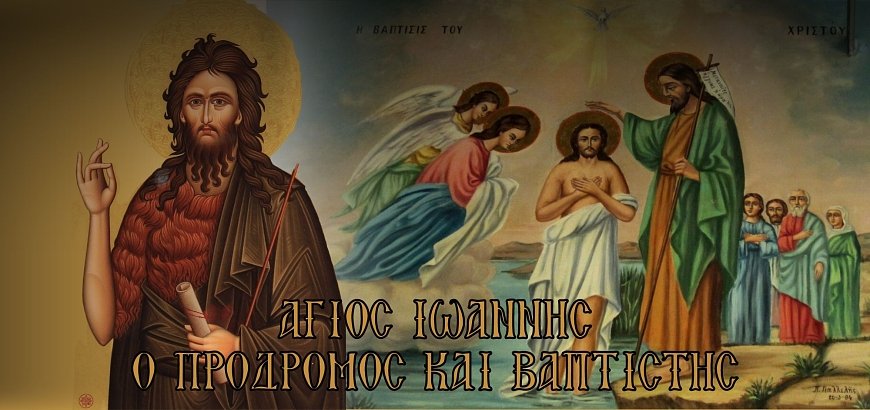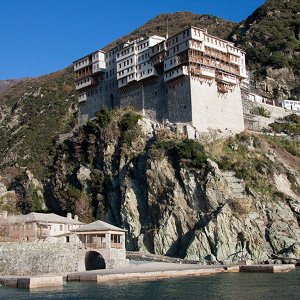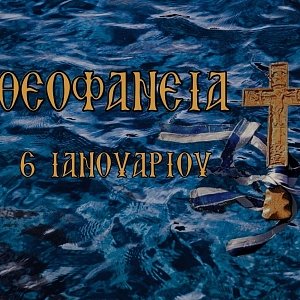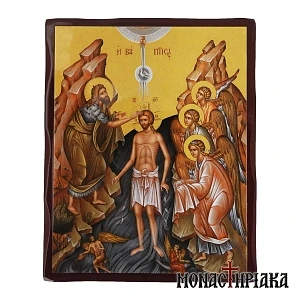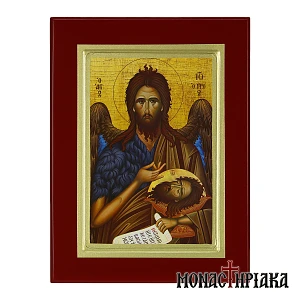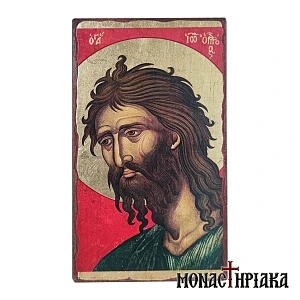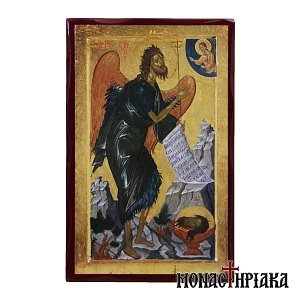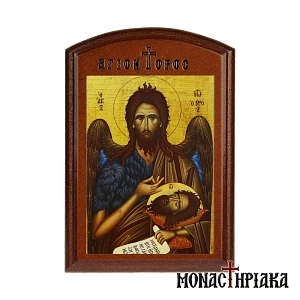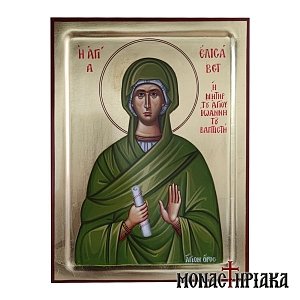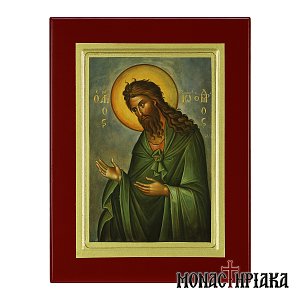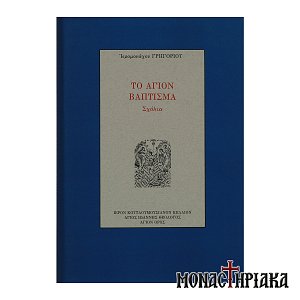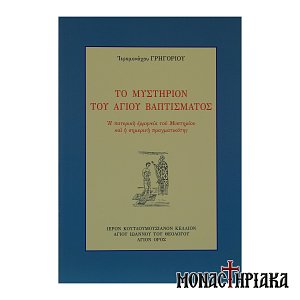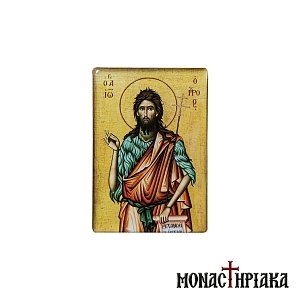Short biography of Saint John the Baptist
John was born to pious parents in the city of Hebron or Jutta. His father, Zechariah, was a priest and his mother, Elisabeth, was a relative of Virgin Mary.
What the Archangel Gabriel announced to the priest Zechariah
One day, while Zacharias was burning incense, he saw an angel of the Lord, who told him that he would have a son and would name him John.
Zechariah was excited, but distrusted, because his wife was old and could not bear children.
The angel of the Lord answered his disbelief and said that the child would be born and Zechariah would be punished for his unbelief, remaining deaf and dumb until the will of God was fulfilled.
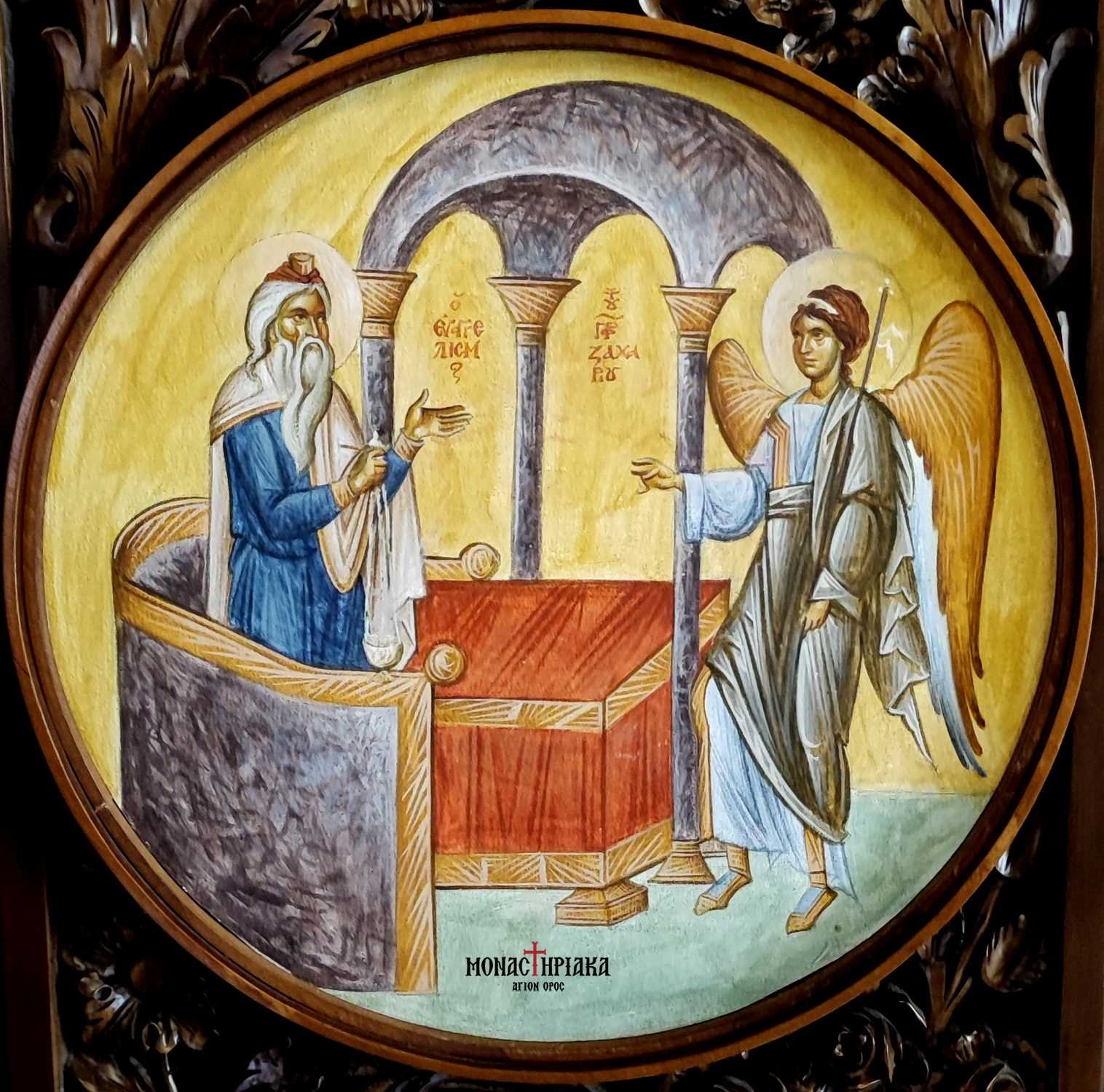
The birth of Saint John the Forerunner
Indeed, Elizabeth got pregnant and gave birth to a son nine months later. At the circumcision of the child, relatives and friends wanted to give the boy his father's name, namely Zechariah. So at that moment, Zechariah, unable to respond with his voice, wrote the name John on a signboard and immediately his tongue was untied!
Then, all those present were filled with joy and hope, because they realized that the Forerunner of the presence of the expected Messiah had been born.
Zechariah, with free voice now, prophesies, in words filled with the Holy Spirit, the coming of the Messiah and the mission of his son. The prophetic words are confirmed by the birth of Jesus Christ, six months after the birth of Saint John.
Here you can find icons of Saint John, the Forerunner and Baptist.

How Saint John escaped from the massacre of the Holy Innocents Infants ordered by Herod
Among the children Herod wanted to kill was Saint John. As soon as Elizabeth realized that Herod's treacherous plan was being implemented, she hid John in her arms and ran away to hide.
Elizabeth managed to climb high on the mountain and find shelter there until they were safe to go back. She begged the Lord to save her, uttering a loud cry of anguish "God's name! Accept the mother and the child."
Suddenly the mountain was cut in half. Mother and son found themselves safe together on the opposite side of the mountain.
In the meantime Herod ordered his soldiers to find Zacharias and ask where John is. Zacharias proudly stood before them and said "I am a servant of the Most High, I do not know where my son is now."
When Herod heard the news, he immediately ordered his death. The soldiers slaughtered Zacharias between the temple and the altar (Mt.23:35).
The admirable life of Saint John the Baptist
There is not much information about John the Baptist's childhood. However, according to tradition, John went to the desert of Judea and stayed there, until he was thirty years old, living an ascetic life.
His ascetic life was evident in his clothing and diet. His clothing was made of camel hair and he wore a leather belt around his waist. His diet consisted mainly of locusts and wild honey.
It seems that John the Baptist did not remain in the same place but moved to the Jordan River area, preaching baptism of repentance.
Why John was called Baptist
Saint John's work was not only to prophesy the coming of the Messiah but also to prepare the souls of believers. After listening to him intently, then they would confess their sins to him and he would baptize them in the Jordan River as a sign of repentance.
Later, Jesus Christ approached him and asked him to be baptized. John, filled with awe and wonder, hesitated, but Jesus urged him to follow the Old Testament scriptures. Thus, Saint John became the baptist of Jesus Christ himself, but also a witness to this supreme event.
Read here "Epiphany in Greece: the Meaning of the Feast - Why We Bless the Waters".
![]()
Why John was called the Precursor of Christ
Saint John was called the Precursor or Forerunner, because he was the one who came to earth before Jesus Christ and prepared the world, paving the way for the Redeemer to come.
With the phrase "Repent: for the kingdom of heaven is at hand" he prepared for the coming of the Lord. Through his word John attracted crowds of admirers, who came from all over Palestine to hear him preach.
The Beheading of Saint John the Baptist
"It is not lawful for thee to have thy brother's wife" That is, you are not allowed by God's law to have the wife of your brother who is still alive.
These words of the Holy Baptist stood as an insult to the corrupt conscience of king Herod Antipas and his illegitimate wife Herodias, who was the wife of his brother Philip. So Herodias, enraged by the checks and what John was preaching, decided to imprison him.
On his birthday, enchanted by the dance of Salome, daughter of Herodias, he made a vow to provide her with whatever she desired. Then, the bloodthirsty Herodias seized the opportunity and told her daughter to ask for John's head on a plate, which she did.

When is the feast of Saint John the Baptist
On January 7, the day after Theophany, we celebrate the Synaxis of John the Baptist and Forerunner.
Our Church celebrates the birthday of John the Baptist on June 24.
On February 24, our Church celebrates the feast of the First and Second finding of the Holy Head of Saint John and Baptist. On May 25, the Third finding of the Holy Head of Saint John is commemorated.
On August 29, we commemorate the dissection of the Sacred Head of Saint John the Forerunner, as an example for those who want to serve the truth and fight against corruption, regardless of the risks and sacrifices.
Where is the Holy head of Saint John the Forerunner
When Saint John the Forerunner was beheaded by Herod, his Holy Head was placed in a shell vase and hidden in Herod's residence.
The Head of Saint John the Precursor was miraculously found three times. After several years, St. John the Forerunner appeared as a vision to two monks and revealed to them where his Holy Head was located.
Then, the monks found the Head and tried, with the assistance of other people, friends and believers, to transport it to the city of Emesis. From the monks, it was picked up by a thunderer, who finally transported it to the city of Emessenes. When he died, his sister bequeathed it to him.
The Holy Head passed successively into many hands, until one day it came into the hands of a Martian monk in holy orders named Eustathius. The hieromonk hid the head in a cave for some time until it was finally transferred to Panteion in Bithynia.
In this city, Theodosius the Great brought the Holy Head to the Seventh of Constantinople, where he built a magnificent Temple, worthy of the holiness of the Holy Prophet, Forerunner and Baptist John.
Around the year 1765 AD, at the time of the pirate raids in the Garden of Virgin Mary, some pirates robbed the monks in the Holy Patriarchal and Crusader Monastery of Dionysios and stole a part of the Holy Head of Saint John.
Today, this part of his Head is in the Great Mosque of Damascus, Syria, which is a continuation of a Christian Temple dedicated to Saint John the Precursor.

